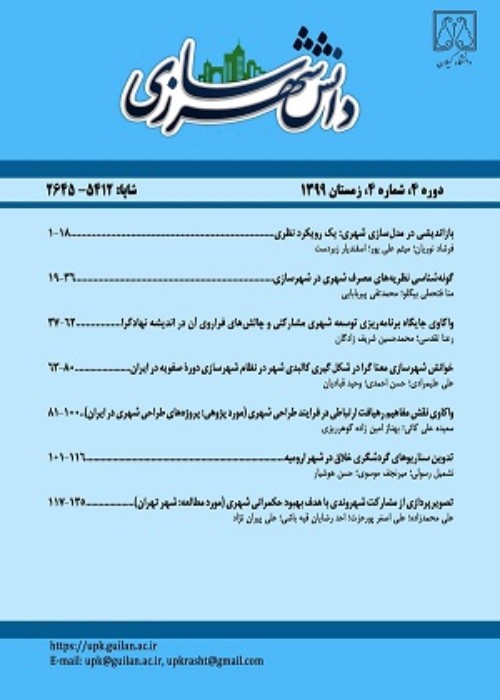"Low Carbon Neighborhood Framework" In Order to Practice in Urban Planning & Design
The "low carbon" approach emerged as a goal for the economy, society and the city at the beginning of the last century. This approach has been pursued in recent years on micro scales and urban “neighborhoods”. But it seems that the scientific literature of urban planning in our country, especially at the neighborhood scale, has not been sufficiently addressed.
This study seeks to develop a theoretical model of "low carbon neighborhood", with the help of local experts and with an indigenous approach, to prioritize and evaluate its indices for application in urban planning and design strategies.
To this end, while utilizing library studies, more than 30 low-carbon scientific sources, components and indicators of the "low-carbon neighborhood" have been identified and categorized. Then, using a matrix-based questionnaire, 9 of the researchers who studied or researched in this area examined the influence of the components and indicators on the realization of low carbon neighborhood. The survey data were analyzed using the combined "Danp" method and the low-carbon neighborhood model was formulated and analyzed in the form of 6 components and 19 indices. The main components in this model are "form", "access", "user and activity", "natural environment", "facilities and infrastructure", and "local community".
The findings show that the most important components / indicators in the realization of low carbon neighborhoods are "local community" and indicators of "culture-raising and public awareness" and "public participation". In the category of "component" indices, "Contextual Fabric" and "Compactness" were identified as the most effective indices in the realization of low carbon neighborhood. In this analytical model, 'local community' and form were identified as affective factors (cause) and the other four components as affective components.
Considering priorities in achieving a neighborhood with minimal renewable energy consumption and minimal emissions -as followed in this paper- is a goal that should be seriously sought after by the academic community in decision-making.
- حق عضویت دریافتی صرف حمایت از نشریات عضو و نگهداری، تکمیل و توسعه مگیران میشود.
- پرداخت حق اشتراک و دانلود مقالات اجازه بازنشر آن در سایر رسانههای چاپی و دیجیتال را به کاربر نمیدهد.


